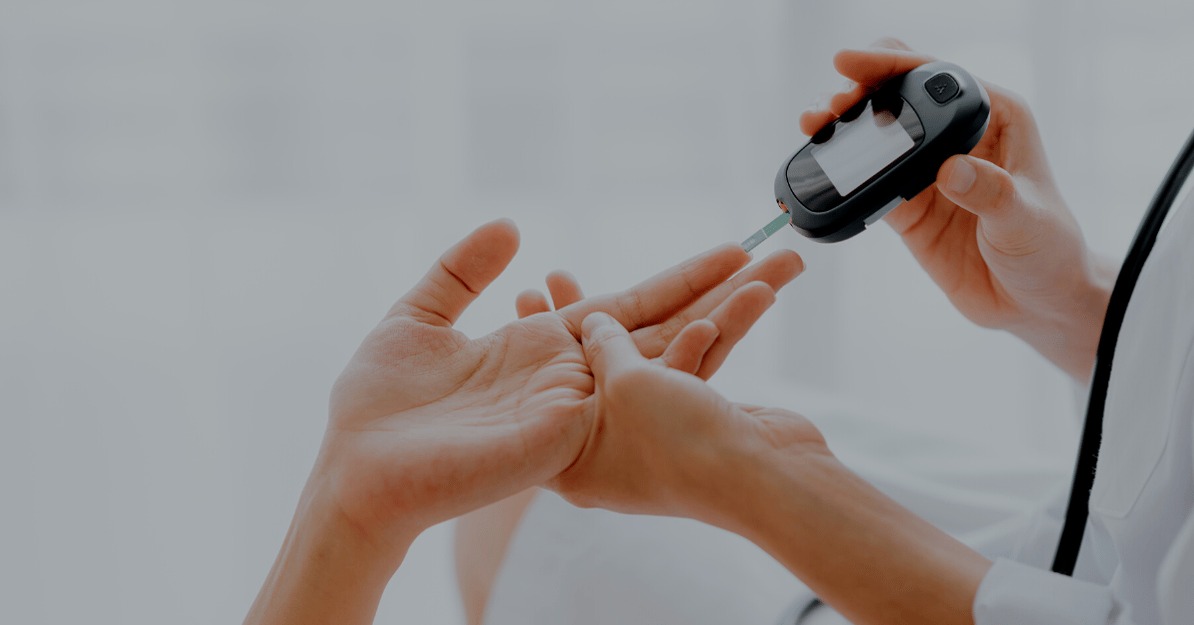A1C Recommendations for Every Patient Situation
Understanding A1C Recommendations
I’m often asked about the goals of A1C for patients. It used to be the a1c recommendations were below 7% for ALL patients according to the American Diabetes Association, but those recommendations have changed to reflect consideration of multiple patient related factors. I have identified three different patient considerations and showcased how they differ to better equip clinicians for individual assessments related to A1C.
What is A1C?
"The A1C test—also known as the hemoglobin A1C or HbA1c test—is a simple blood test that measures your average blood sugar levels over the past 3 months. It’s one of the commonly used tests to diagnose prediabetes and diabetes, and is also the main test to help you and your health care team manage your diabetes. Higher A1C levels are linked to diabetes complications, so reaching and maintaining your individual A1C goal is really important if you have diabetes." (source: CDC.Gov)
A1C goals are patient specific and individual. It is important to keep various factors in mind when defining each patient's particular A1C goals.
Some factors that will impact personal goals:
- age
- existing/ other medical conditions
- diabetes 1 or 2 diagnosis
- when the patient was diagnosed
"Healthy" Patients Over the Age of 70
For “healthy” older patients over the age of 70, the generally accepted a1c is around 7.5%, especially if the person is on an agent that can lead to hypoglycemia such as a SU or insulin. For other factors such as frailty, poor social supports, risks for falls, end of expected lifespan, co-morbid conditions such as prior CVA, heart disease, neuropathy, etc. The a1c goal should be further adjusted upward: 7.5 to 8% is acceptable.
Young, Healthy Adults with Type 1 or Type 2 Diabetes
For young, healthy adults with Type 1 or Type 2 diabetes, the a1c goals should remain below 7% or as low as feasible without causing hypoglycemia. For example, a newly diagnosed person with type 1 diabetes should aim for a1c below 6.5% to prevent micro vascular complications (neuropathy, retinopathy, nephropathy). Episodes of hypoglycemia should always be corrected and avoided for any patient!
Further Reading from Jane You May be Interested in: 2022 Diabetes Update
Consideration
Consider the 55 year-old, newly diagnosed female with type 2 diabetes only on metformin, aim for 7% or below. But the 55 year-old patient with type 2 diabetes, heart disease, and mobility issues in a long term care facility with multiple insulin injections daily should be managed much more conservatively—a1c 7.5-8% is recommended
Each patient situation needs to be considered individually before establishing the a1c goal! So, when I am queried about the a1c, my standard response now is “well….it just depends!”
Meet Class Leader & Speaker Jane Kapustin, PhD, CRNP, BC-ADM, FAANP, FAAN
Jane Kapustin, PhD, CRNP, BC-ADM, FAANP, FAAN is a Class Leader and faculty member at ThriveAP. Jane speaks during our Internal Medicine track.
Dr. Jane Kapustin, an endocrinology NP, has an extensive academic and clinical background in primary care, women’s health, and diabetes/endocrinology. She obtained all her degrees at several University of MD campuses including a PhD in health policy. She served as the assistant dean at UMD where she managed the NP and DNP programs for years. At the University of MD endo clinic, she managed complex endo patients, conducted research, and published many articles and book chapters and spoke at national conferences with AANP, NONPF, and AACN. She continues to publish, having just completed 3 chapters in an NP lab manual and 2 in a nursing critical care book. She is certified as an adult NP and in advanced diabetes management. She was inducted as a fellow with AANP and AAN, and has held regional and national leadership positions with several NP organizations.
If you're interested in learning directly from experts, like Jane, apply for the ThriveAP program today!

